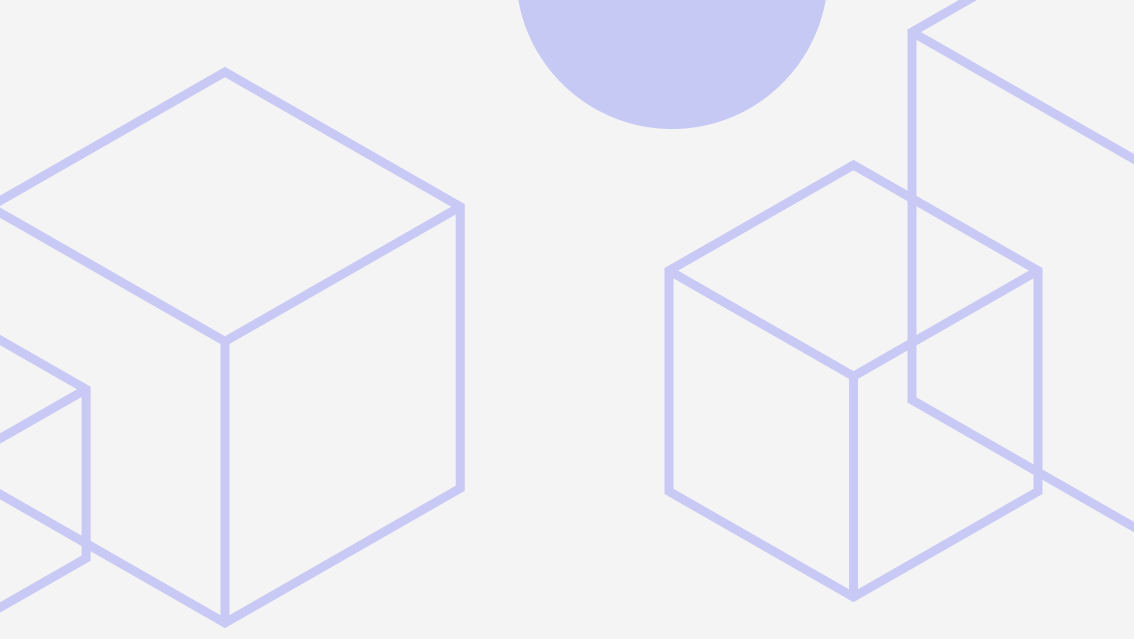Many software dev and QA teams are thinking the same thing as we approach the holiday shopping season:
“Our apps better work.”
In 2022, website traffic on sites monitored by e-commerce software provider Queue-It increased 47% in the first week of November compared to the same period last year. By Black Friday 2022—the biggest online shopping day of the year—average website traffic tripled that seen on an average day in October of the same year.
Naturally, the ability to convert deal-hungry shoppers into buyers will rely on an arduous testing process in the months leading up to the season.
Here are recommendations to help software testing teams meet this demand.
1. Make your test environments scalable to cut down on provisioning delays
One of the most common complaints we hear from the engineers responsible for delivering testing and staging environments is the time spent provisioning.
This can be frustrating both for the team responsible for provisioning the infrastructure and the testing team who needs it. Even those that use Infrastructure as Code (IaC) and other configuration tools to define cloud resources find themselves bogged down while configuring those resources and validating that they work together as expected.
To create a scalable testing environment in Quali Torque, connect a Git repository to discover and duplicate the configurations defined in the IaC modules into an environment “blueprint.”
Saved as a YAML file in Quali Torque, that blueprint can define dependencies between those cloud resources and outputs needed to support each specific testing environment.
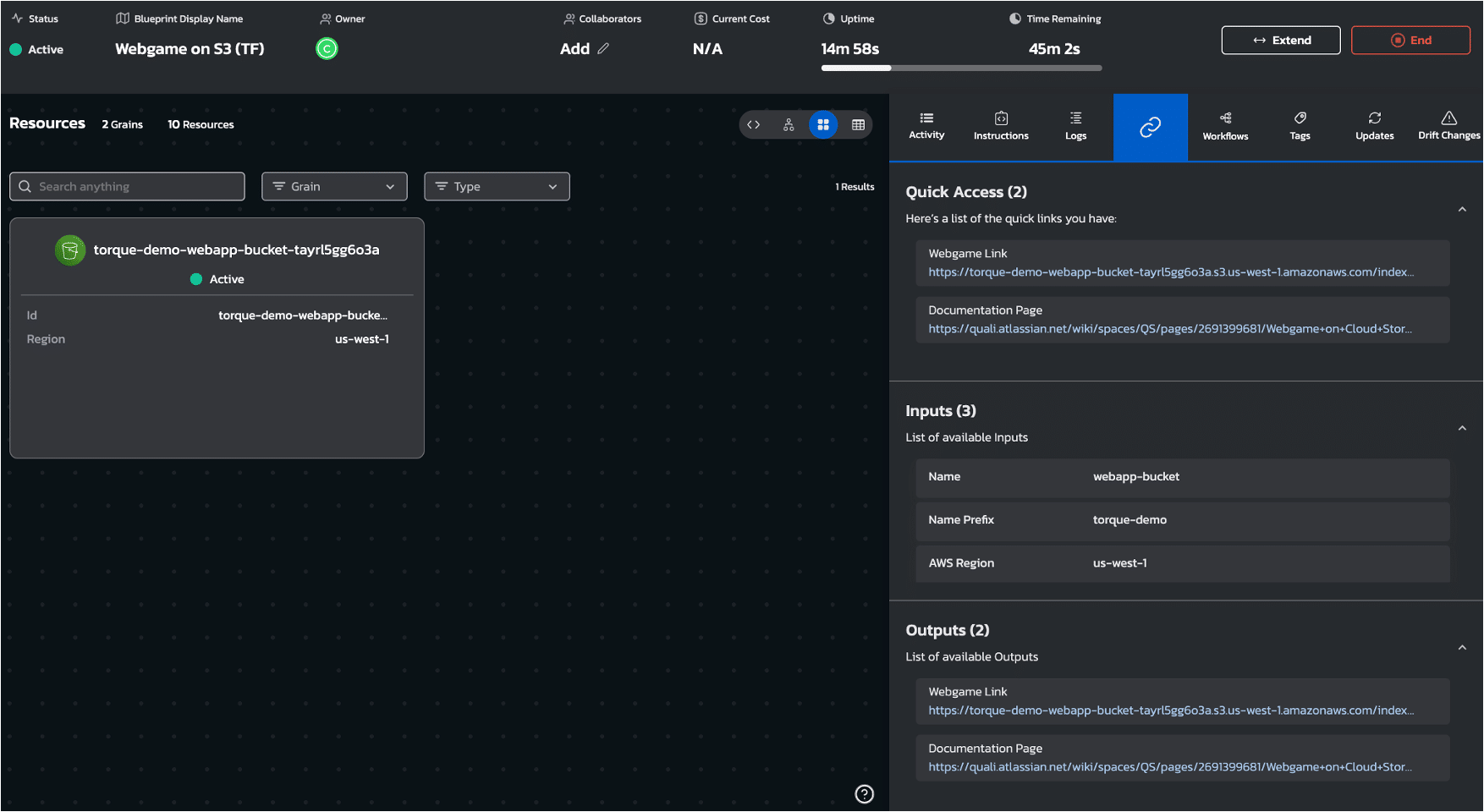
See how to scale testing environments with this demo video
With this blueprint, you will no longer need to orchestrate that testing environment when it’s needed.
Which leads to our next tip…
2. Cut down on ticket requests with self-service access to test environments
Once you’ve defined your scalable testing environment, the QA team no longer needs to submit a ticket to request it.
In Quali Torque, admins can “publish” a blueprint to release it to those with end user permissions.
This process makes that blueprint accessible on the self-service catalog in Quali Torque, where the testers with end user permissions can deploy the test environment on demand (without access to modify the resource configurations defined in the blueprint).
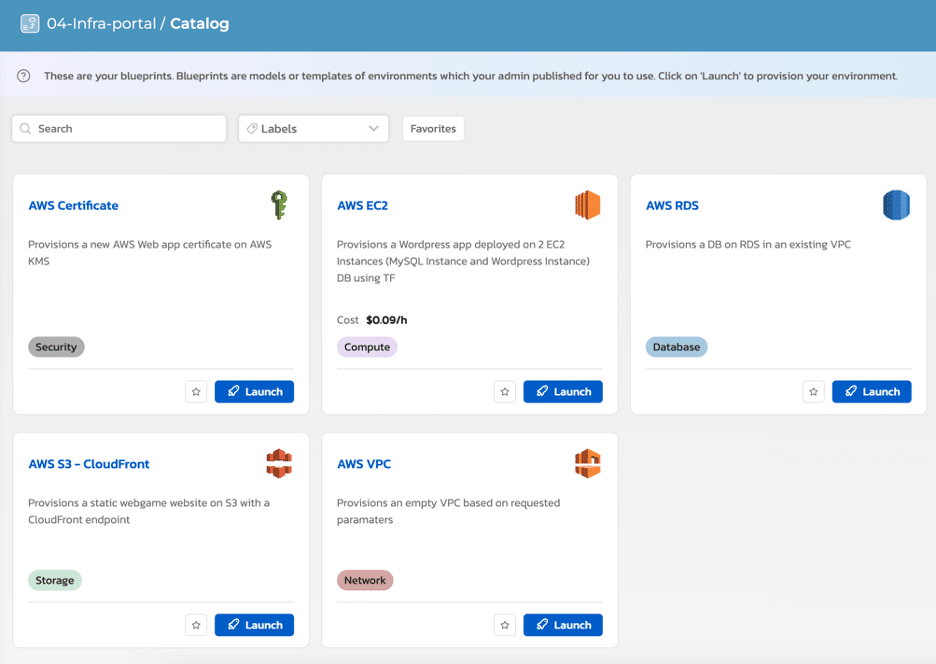
This level of self-service access extends to the cloud resources defined in the blueprint. For example, if a tester needs to restart or temporarily terminate a cloud resource within the environment, Quali Torque allows them to do so.
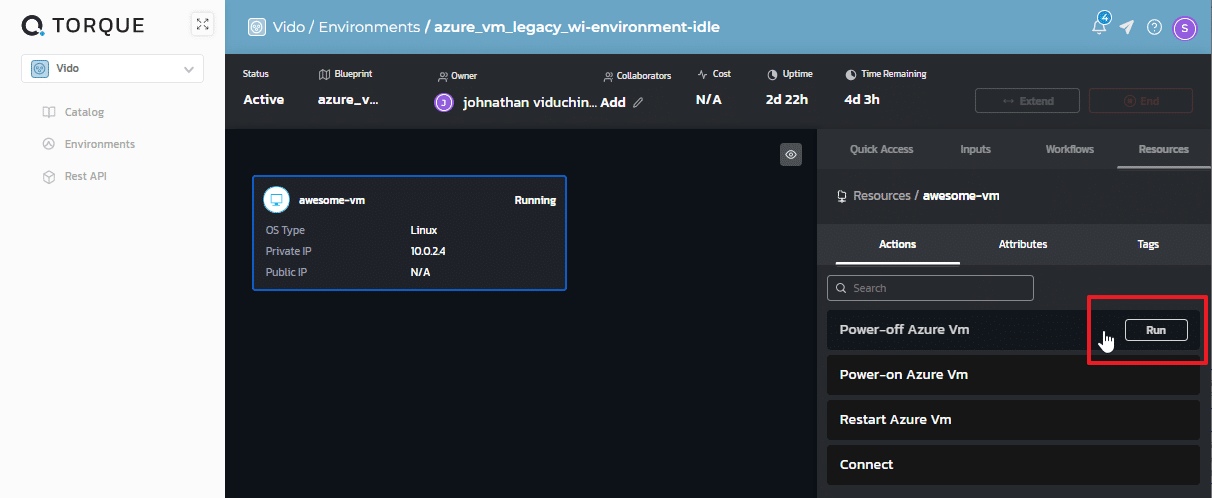
Since the resources were configured and/or approved by the admin who published the blueprint, these actions carry minimal risk. And they eliminate the need for the end user to submit a ticket for simple requests related to their test environment.
Watch this brief demo to see how self-service access improves productivity
3. Don’t let bugs or infrastructure problems disrupt your tests
Any defects or unexpected drift in the cloud resource configurations within a test environment creates the risk of an ineffective test process.
It also often results in a lengthy process to identify and reconcile the cause of the bug.
Since Quali Torque leverages the IaC module to create an environment, it can monitor the state of the resource configurations for all cloud resources that were deployed, then notify admins about drift or other unexpected changes. When the platform recognizes drift, the notification provides a before-and-after view of the change to the resource configuration and allows the user to reconcile the change via a single click.
If any of the cloud resources encounter an error that could disrupt the test environment, users and admins receive AI-generated insights into the root cause of the problem.
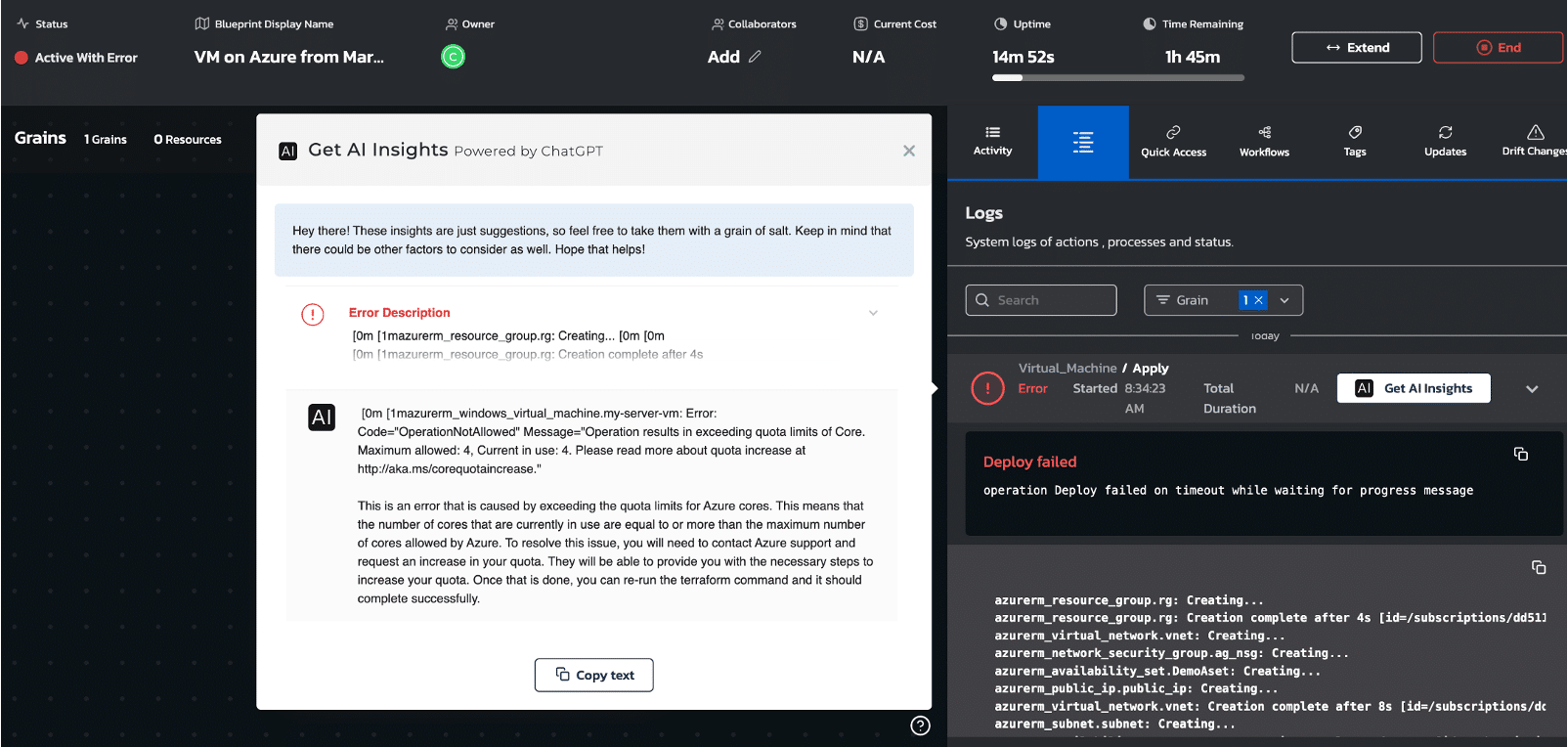
This makes it easier to resolve any problems that might delay the testing process, while providing the DevOps and IT admins peace of mind that all environments are up to date and configured accurately.
4. Use automation to maintain uptime for test environments
Another way to help tests run more smoothly involves automation for the deployment of your test environments.
One example involves automation to resolve failed deployments. Since Quali Torque automatically deploys the cloud resources defined in the admin’s IaC modules, the platform can recognize when the failure was due to a transient error and automatically re-try the command.
While this may seem like a basic action, it prevents a common manual step that can delay a testing process. When executing tests at scale, any automation can have a big impact on resiliency and productivity.
Another example involves automating basic cloud operations.
For example, admins can set a workflow to deploy cloud resources within test environments every weekday at 8 am—thereby making sure all infrastructure is running and available at the start of the workday.
A separate workflow to terminate all cloud resources at 6 pm, for example, will avoid unnecessary uptime when the workday ends.
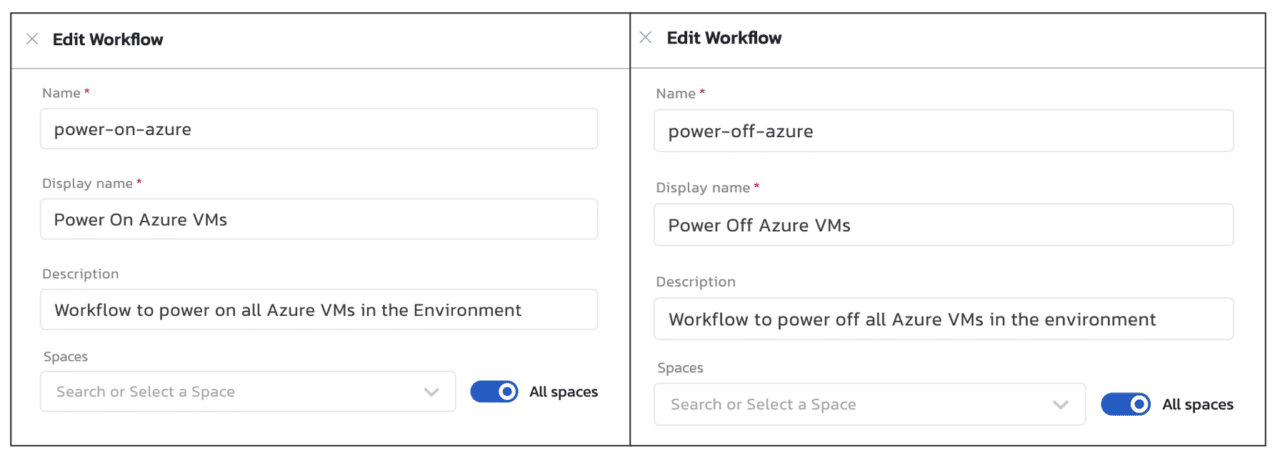
An effective software testing strategy can mean the difference between capitalizing and missing opportunities during periods of high traffic. Anything you can do to facilitate the delivery of test environments will play a valuable role.
To learn more about how to scale and automate your testing environments, visit our demo library.



